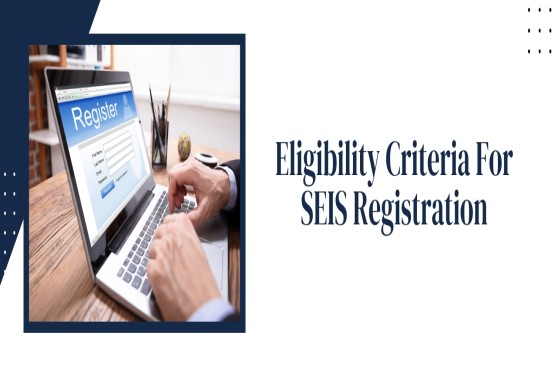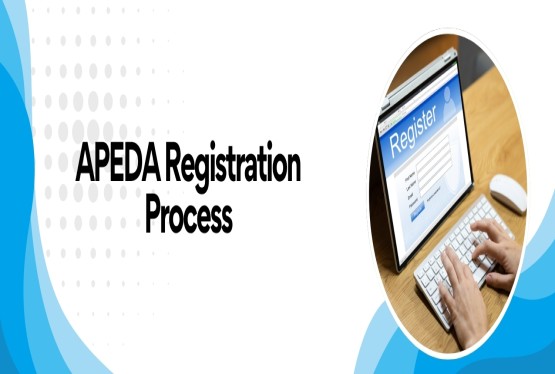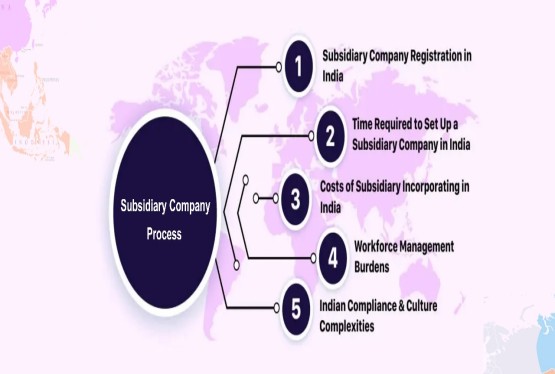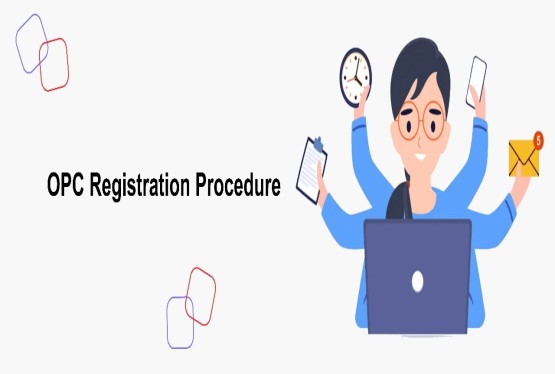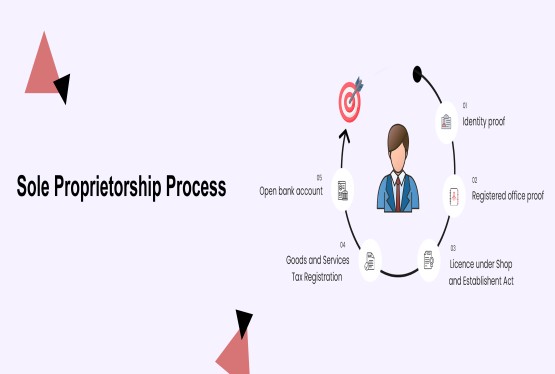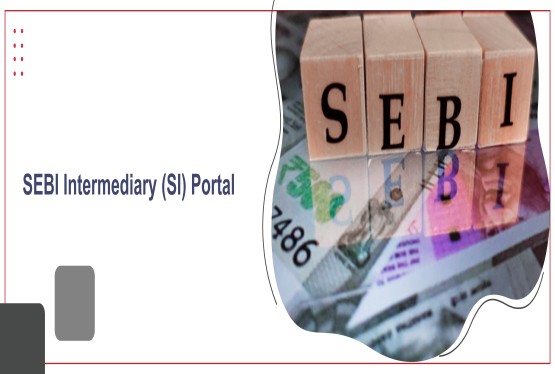CERSAI registration refers to the process of recording charges or security interests on properties with the Central Registry of Securitisation Asset Reconstruction and Security Interest of India (CERSAI), a body established under the SARFAESI Act, 2002. Before its introduction, fraudulent practices such as taking multiple loans on the same property by pledging it with different banks or financial institutions were common. To curb such malpractices and bring greater transparency, the Government of India set up CERSAI in 2011.
When a bank or financial institution creates a charge over a property, such as through a mortgage, hypothecation, or assignment of receivables, the details must be registered with CERSAI within the prescribed time. This central registry serves as a public database where information regarding secured transactions is available to banks, financial institutions, and even the general public. By checking the registry, lenders can verify whether a property is already mortgaged or charged, thereby preventing double financing.
CERSAI registration is mandatory for all banks, housing finance companies, and certain other lenders. It plays a crucial role in improving transparency in lending, protecting creditors’ rights, and ensuring the security of property transactions, thus strengthening the overall financial system.
Learn more about Is CERSAI Registration Mandatory for NBFCs in India.
Objectives of CERSAI Registration
The objectives of CERSAI registration are as follows:-
-
To prevent frauds and multiple financing: The main objective is to stop fraudulent activities such as multiple loans being taken on the same property by registering every security interest, which makes fraudulent or duplicate claims more difficult.
-
Provide a central database for lenders: CERSAI acts as a unified registry for banks and financial institutions to check existing securities or interests on a property. This makes it easy to track and validate collateral used for loans.
-
Minimize loan defaults: Since all security interests are transparently recorded, lenders can verify the status of collateral before giving loans, that reduces chances of default caused by undisclosed liabilities.
-
Offer a platform for collaboration among lenders: CERSAI provides a shared platform where all financial institutions can record, update, and verify transactions regarding assets that are offered as security.
-
Help property buyers verify encumbrances: Home buyers can use the CERSAI registry to confirm that the property they want to purchase is free from prior loans or claims, safeguarding them from undisclosed encumbrances.
-
Enhance transparency and compliance: The registry ensures that all security interests on movable and immovable assets are disclosed, complying with legal regulations and maintaining trust among lenders and borrowers.
These objectives overall help to ensure a safe, transparent, and efficient financial system regarding collateralized lending and borrowing in India.
Legal Framework for CERSAI Registration
-
Mandatory registration: According to the law, every bank or financial institution must register certain types of security interests with CERSAI, including mortgages created by depositing title deeds, hypothecation of movable property, assignment of receivables, and securitisation or reconstruction of financial assets.
-
Time period for registration: Registration must be completed within 30 days from the date of creation of the charge, as provided under Section 3(1) of the CERSAI Act and Rule 3 of the CERSAI (Registration of Securitisation, Reconstruction, and Security Interest) Rules, 2011. Failure to register within this period results in a penalty, and the security interest may lose its legal priority against other lenders in case of default.
-
Penalty on failure: Once a charge is registered with CERSAI, it becomes legally valid and enforceable, establishes the lender’s priority over other claims, and serves as a public notice that the property is already secured. The registry also allows banks to update, modify, or remove entries whenever loan terms change or the loan is repaid. For instance, if a loan is fully or partially repaid, the bank records the satisfaction of charge, releasing the security from the registry. Registration, modification, and satisfaction of charges require the payment of a nominal fee, and delays beyond the prescribed period attract penalties to ensure timely compliance.
-
Validity: Overall, the legal framework of CERSAI ensures that all security interests on loans are recorded in a central, transparent, and updated system, protecting lenders’ rights and preventing fraudulent multiple lending. It makes lending safer for banks while also providing borrowers with a clear record of the charges on their property or assets, creating trust and accountability in India’s financial system.
Process of CERSAI Registration
-
STEP 1: The registration process begins with the financial institution or bank itself getting registered with CERSAI. A bank or lender cannot record any loan details in the system unless it is first registered. To do this, the institution applies online through the CERSAI portal, providing details of the organization, authorized officers, and necessary identification documents (KYC). After verification, CERSAI issues a user ID and password, which the bank uses to access the portal. The institution also appoints authorized officers who will be responsible for entering and updating loan and security information in the system. This ensures that only verified officials can make changes, maintaining the accuracy and reliability of the registry.
-
STEP 2: Once a bank or financial institution is registered, it can record the details of each loan and the security interest provided by the borrower. An authorized officer logs into the portal at www.cersai.org.in and selects the type of transaction, which could be a mortgage by depositing title deeds, hypothecation of movable property, assignment of receivables, or security over intangible assets like intellectual property.
-
STEP 3: The officer then fills out an online form that requires borrower details such as name, address, and PAN, property details including location and description, and loan particulars such as the amount, sanction date, and type of facility. The type and date of the security interest must also be mentioned. If required, supporting documents like a copy of the loan agreement or title deeds are uploaded.
-
STEP 4: After completing the form, the institution pays a small online registration fee, which depends on the loan amount and type of transaction. For example, creating or modifying a security interest costs Rs.50 for loans up to Rs.5 lakhs and Rs.100 for loans above Rs.5 lakhs. Assignment of receivables costs Rs.10 for amounts below Rs.5 lakhs and Rs.100 for amounts above Rs.5 lakhs. Fees for securitisation or reconstruction of financial assets are Rs.500, while recording satisfaction of a charge costs Rs.50. After successful registration, the system generates a unique registration number, which serves as official proof that the security interest has been recorded in the central registry.
Note: It is important for banks and financial institutions to register the security interest within 30 days from the date it is created. If registration is delayed beyond this period, a penalty of Rs.1,000 per day is charged. If a bank fails to register the security interest at all, the charge may not be legal ly recognized, which means that in case of default, the lender’s claim over the property could lose priority compared to other lenders who registered their charges on time. Moreover, if loan terms change, such as an increase or decrease in the sanctioned amount, the bank must update the details in CERSAI. Similarly, once the loan is fully repaid, the bank is required to record the satisfaction of charge, releasing the security interest from the registry.
Overall, the CERSAI registration process ensures that all loans and security interests are transparently recorded in a central database. It protects lenders from fraud, helps borrowers avoid legal disputes, and maintains an accurate record of which assets or properties are already pledged. By registering loans and security interests online, banks and financial institutions can quickly verify whether a property is free from prior claims before giving a new loan, reducing the risk of multiple lending frauds. This makes CERSAI an essential tool in India’s financial system for promoting trust, transparency, and accountability in lending practices.
Final Thoughts
In conclusion, CERSAI registration plays a vital role in ensuring transparency and security in India’s lending system. By recording all charges and security interests on properties in a central registry, it protects lenders from fraud, establishes legal priority, and helps borrowers avoid disputes. Timely registration, updates, and satisfaction of charges maintain the integrity of the system, making lending and borrowing safer, more accountable, and trustworthy for all parties involved.












_crop10_thumb.jpg)





_crop10_thumb.jpg)




























-Form_crop10_thumb.jpg)

_crop10_thumb.jpg)























_learn_crop10_thumb.jpeg)
































_crop10_thumb.jpg)

_crop10_thumb.jpg)





















_crop10_thumb.jpg)















_for_Foreign_Directors_learn_crop10_thumb.jpeg)




_Act,_2015_learn_crop10_thumb.jpg)









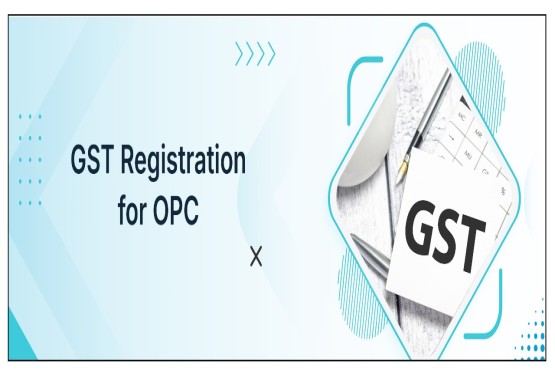

























_learn_crop10_thumb.jpg)


